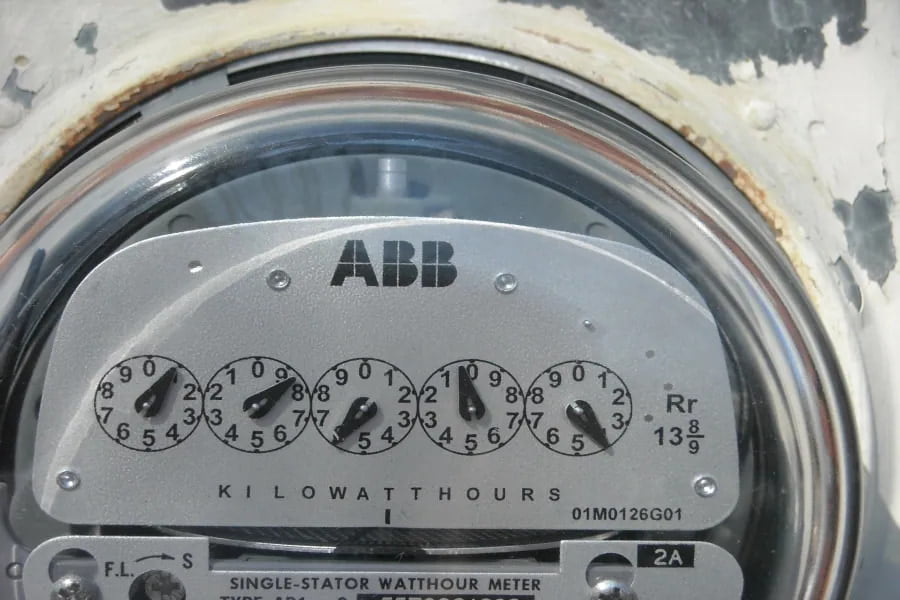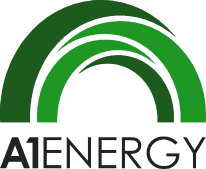
Energy procurement can be a complex process for businesses, with multiple options available for securing energy supply. Two common contract types that businesses often encounter are fixed price energy contracts and structured energy contracts. Understanding the differences between these two contract types is crucial for making informed decisions about energy procurement strategies.
Fixed Price Energy Contracts
Fixed price energy contracts are agreements between businesses and energy suppliers in which the price of energy is fixed for the duration of the contract. This type of contract provides stability and predictability for businesses, as they know exactly how much they will be paying for their energy usage. Fixed price contracts are effective in managing budget uncertainties and protecting against market fluctuations. Businesses opting for fixed price contracts benefit from a clear understanding of their long-term energy expenses, allowing for better financial planning and budgeting.
Pros: Fixed pricing shields customers from rate increases caused by market fluctuations, supply and demand, and seasonal changes. Though the total utility bill cost varies every month depending on consumption, the rate per kilowatt hour won’t. This option will produce savings over time, especially if you lock in a low rate at the beginning of the contract.
Cons: Because fixed pricing commits your business to a single rate, you can’t benefit from price decreases. If market rates fall below the contract rate, the price certainty you have secured will have a financial tradeoff. Companies should also expect to experience a rate adjustment when it is time to renew their contract.
Index Pricing
Index pricing gives organizations the option to select the timing and volume of energy at a day-ahead or real-time rate. Especially if market rates are too high to commit to a fixed price contract, index pricing allows businesses to ride out the market until the fixed price is more favorable.
Pros: Companies can spread out their energy procurement purchases to capitalize on market lows. Businesses can also capture additional savings by lowering energy demand during peak hours when rates are typically higher. This works well for facilities with large energy loads that can be moved to when rates are discounted, such as running chillers overnight to create ice or drawing daytime energy from onsite renewables or a generator.
Cons: Index pricing is better for companies with a higher risk tolerance or where budget certainty isn’t a top priority.
Structured Pricing
Structured energy contracts offer businesses more flexibility compared to fixed price contracts. These agreements are tailored to meet specific energy needs, allowing for customization in pricing structures based on market conditions or consumption patterns. Structured contracts may include elements like cap-and-collar structures, index-linked pricing, or volume flexibility. This dynamic approach can potentially result in cost savings or better alignment with operational requirements. By incorporating various pricing mechanisms, structured contracts offer a balance between stability and potential market advantages.
Usage Is Everything
When selecting an energy contract for your business, it's crucial to analyze various factors to make an informed decision. Consider your business's energy consumption patterns, pricing preferences, and tolerance for market risks. Evaluate the contract terms, including contract duration, pricing structures, and flexibility regarding volume adjustments. Assess the financial implications, such as budget predictability and potential cost savings or exposure to market fluctuations. Additionally, explore your ability to monitor energy market trends and consider seeking expert advice from energy procurement professionals. By carefully weighing these considerations, you can choose the most suitable energy contract that aligns with your business objectives and risk management strategies. Suppliers will look at your historical usage to understand your building’s energy profile. They will also need to know if you are planning any major changes that would noticeably lower or increase energy consumption, such as a new addition or a building-wide lighting upgrade.
To learn more about minimizing the long-term costs of energy, read our 3 Tips for Strategic Energy Purchasing.
